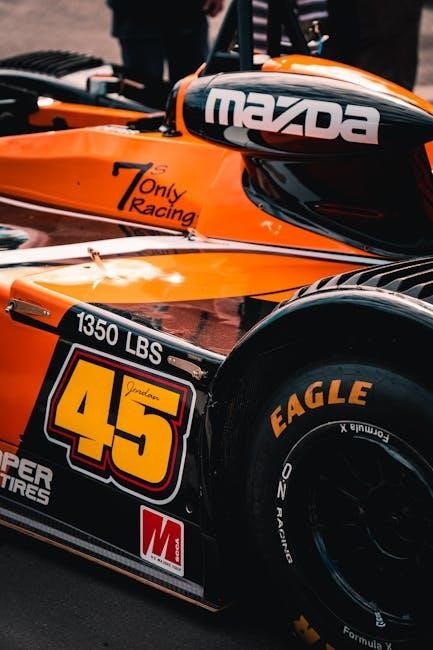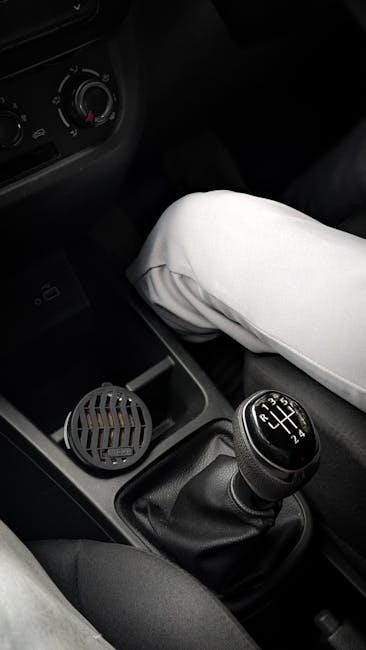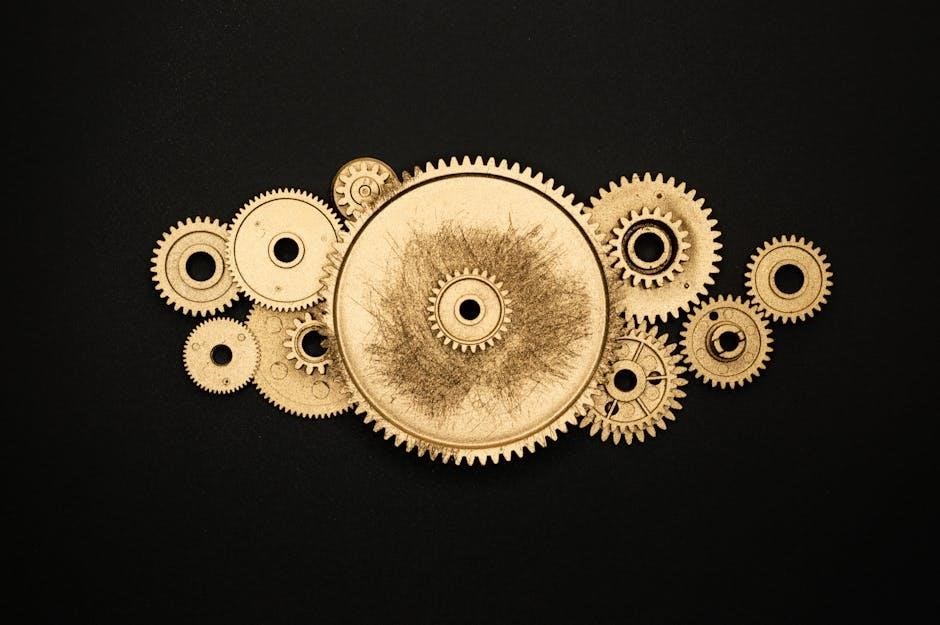Manual Transmission Mazda: A Comprehensive Guide
This guide delves into the world of Mazda manual transmissions, exploring their enduring appeal and the driving experience they offer. We will cover everything from potential problems like gear grinding and clutch slipping to maintenance tips and future prospects.

Mazda has long been celebrated for its commitment to the driving experience, and the manual transmission plays a crucial role in this philosophy. Offering a direct connection between driver and machine, Mazda’s manual gearboxes are known for their precise feel and engaging nature. They provide a level of control and involvement that many drivers find deeply satisfying.

This section will explore the evolution of Mazda’s manual transmissions, highlighting their design and the technologies implemented to enhance performance and reliability. We’ll delve into the specific characteristics that make Mazda’s manual transmissions stand out, such as their short throws, crisp engagement, and overall responsiveness.
Furthermore, we will examine the models that have historically featured manual transmissions, from the iconic MX-5 Miata to other notable vehicles in Mazda’s lineup. The history and heritage of manual transmissions within Mazda are central to understanding their continued presence and importance in the brand’s identity. We will also discuss the differences between manual and automatic transmissions in Mazda vehicles, explaining the benefits each offers to the driver.
Common Problems with Mazda Manual Transmissions
While Mazda’s manual transmissions are generally robust, like any mechanical system, they can experience problems over time. This section identifies common issues encountered in Mazda manual transmissions, providing insights into their potential causes and warning signs. Understanding these issues is crucial for preventative maintenance and timely repairs.
One frequent concern is difficulty shifting into certain gears, particularly first or reverse. This can stem from worn synchronizers, damaged shift forks, or issues with the clutch linkage. Unusual noises, such as grinding, whining, or clunking sounds during gear changes, are also indicators of potential transmission problems. These noises may point to worn bearings, damaged gears, or low transmission fluid levels.
Clutch-related issues, including slipping or jerky engagement, are also common. Clutch slipping occurs when the clutch disc fails to properly grip the flywheel, leading to a loss of power and acceleration. Jerky engagement, on the other hand, can result from worn clutch components or issues with the hydraulic system. This section will explore these issues in detail, offering potential solutions and preventative measures.
Shifting Issues and Solutions

Difficulty shifting gears is a frustrating problem for any manual transmission owner. Mazda transmissions, known for their smooth operation, can still experience shifting issues over time. This section addresses common shifting problems in Mazda manual transmissions and provides potential solutions to restore smooth and precise gear changes.
One of the most common complaints is difficulty engaging first gear, often requiring the car to be rolling slightly for successful engagement. This can be attributed to worn synchronizers within the transmission. Another issue is erratic gear shifting, where the transmission seems to jump between gears or refuses to engage properly.
Solutions range from simple adjustments to more complex repairs. Start by checking the transmission fluid level and condition, as low or contaminated fluid can hinder smooth shifting. Adjusting the clutch cable or hydraulic system can also resolve some shifting problems. If these measures fail, internal transmission repairs, such as replacing worn synchronizers or shift forks, may be necessary. Addressing these issues promptly is crucial to prevent further damage and maintain a pleasurable driving experience.
Unusual Noises: Identifying Transmission Problems
Unusual noises emanating from your Mazda’s transmission can be a telltale sign of underlying problems. Identifying these sounds accurately can help diagnose the issue early and prevent further damage. This section will guide you through recognizing common transmission noises and understanding their potential causes.

A primary indicator of a gearbox issue is hearing abnormal noises during gear shifts, such as grinding, whining, or clunking sounds. Grinding noises often indicate worn synchronizers, which are responsible for matching gear speeds during shifts. Whining sounds can suggest worn bearings or low transmission fluid. Clunking sounds might point to loose or damaged components within the transmission.
Pay close attention to when the noises occur. Do they happen only during specific gears, or are they present in all gears? Are the noises constant, or do they only appear under certain conditions, such as acceleration or deceleration? Gathering this information can help narrow down the source of the problem. Don’t ignore unusual transmission noises, as they are often early indicators of more significant issues that require professional attention. Prompt diagnosis and repair can save you from costly repairs down the road.
Gear Grinding, Whining, and Clunking Sounds

Gear grinding, whining, and clunking sounds are distinct auditory cues indicating potential issues within your Mazda’s manual transmission. Each sound often points to a specific problem area, helping to pinpoint the necessary repairs. Understanding these sounds can empower you to seek timely professional assistance, preventing further damage and ensuring the longevity of your transmission.
Gear grinding typically arises from worn or damaged synchronizers, hindering smooth gear engagement. Whining sounds often suggest insufficient lubrication or worn bearings within the transmission. Low transmission fluid levels or contaminated fluid can lead to increased friction and the characteristic whine. Worn bearings can also generate a high-pitched whining noise as they struggle to rotate smoothly.
Clunking sounds usually indicate loose or damaged components within the transmission. This could be due to excessive play in the gears, worn universal joints, or a damaged differential. Addressing these sounds promptly is crucial, as ignoring them can lead to more severe mechanical failures. Regular transmission maintenance, including fluid checks and replacements, can help prevent these issues;
Clutch Slipping and Jerky Engagement
Clutch slipping and jerky engagement are common symptoms indicating potential problems with your Mazda’s manual transmission clutch system. Recognizing these issues early can prevent further damage and ensure a smoother driving experience. Clutch slipping occurs when the clutch disc fails to fully engage with the flywheel, causing a loss of power and acceleration. This is often noticeable when accelerating, especially in higher gears, as the engine RPM increases without a corresponding increase in speed.
Several factors can contribute to clutch slipping, including a worn clutch disc, contaminated clutch disc (due to oil leaks), or a weak pressure plate. Jerky engagement, on the other hand, refers to the clutch engaging abruptly, resulting in a sudden and uncomfortable jolt. This can be caused by a sticky clutch cable, worn clutch components, or improper clutch adjustment.
Addressing clutch slipping and jerky engagement promptly is crucial. Continuing to drive with these issues can lead to further wear and tear on the clutch system and other drivetrain components. A thorough inspection of the clutch system by a qualified mechanic is recommended to determine the root cause of the problem and implement the appropriate repairs.

Specific Gear Selection Problems (e.g., Difficulty with 1st Gear)
Experiencing difficulty selecting specific gears, such as 1st gear, is a common concern for Mazda manual transmission owners. These issues can manifest as resistance when attempting to engage the gear, a grinding noise, or the gear simply refusing to engage. Several factors can contribute to these problems, ranging from simple adjustments to more complex mechanical issues.
One potential cause is a misaligned or worn shift linkage. The shift linkage connects the gear lever to the transmission, and any play or damage in this system can affect gear selection. Another common culprit is a worn synchronizer. Synchronizers are responsible for matching the speed of the gears before engagement, and worn synchronizers can make it difficult to shift smoothly into a particular gear.
Clutch-related problems can also contribute to gear selection issues. A dragging clutch, where the clutch disc fails to fully disengage from the flywheel, can make it difficult to shift into any gear, but it often affects 1st gear the most. Addressing these specific gear selection problems promptly is essential to prevent further damage to the transmission.
Maintenance and Repair of Mazda Manual Transmissions

Proper maintenance is crucial for prolonging the life and ensuring the smooth operation of your Mazda manual transmission. Regular fluid changes are paramount. Using the correct type of transmission fluid, as specified in your owner’s manual, is essential. Fluid changes help to remove contaminants and maintain proper lubrication, preventing premature wear of internal components.
Checking and adjusting the clutch cable or hydraulic system is also important. Proper clutch adjustment ensures smooth engagement and disengagement, preventing excessive wear on the clutch disc and related components. Inspecting the shift linkage for wear or damage is another key maintenance task. Worn or damaged linkage components can lead to sloppy shifting and difficulty selecting gears.
When repairs are necessary, it’s crucial to seek the expertise of a qualified mechanic experienced with Mazda manual transmissions. Attempting repairs without the proper knowledge and tools can lead to further damage. Addressing issues promptly, such as unusual noises or shifting difficulties, can prevent minor problems from escalating into major repairs. Regular maintenance and timely repairs are the keys to keeping your Mazda manual transmission performing at its best.
Preserving the Manual Experience in Future Mazda Models
Mazda understands the passionate following behind manual transmissions and is actively exploring ways to preserve this engaging driving experience in future models. Despite the increasing prevalence of automatic transmissions and electric vehicles, Mazda recognizes the unique connection that drivers feel with a manual gearbox. The company’s commitment to lightweight design and naturally aspirated engines suggests a continued focus on driver involvement.

Mazda’s CTO, Ryuichi Umeshita, has hinted at plans for an even lighter roadster, indicating a dedication to the core principles of the MX-5 Miata: lightweight, balance, and driver-focused performance. This suggests that manual transmissions will likely remain a part of Mazda’s future sports car offerings. As technology evolves, Mazda may also explore innovative ways to enhance the manual transmission experience.
This could include incorporating advanced electronic controls to improve shift quality or developing new types of manual transmissions that offer improved efficiency without sacrificing driver engagement. Ultimately, Mazda’s goal is to strike a balance between performance, efficiency, and the pure driving pleasure that a manual transmission provides. The enduring appeal of manual transmissions ensures they have a place in Mazda’s future.
The Enduring Appeal of Manual Transmissions in Mazdas

The enduring appeal of manual transmissions in Mazdas lies in the enhanced connection they foster between driver and machine. Unlike automatic transmissions that handle gear changes autonomously, manual transmissions place the driver in direct control of the vehicle’s power delivery. This creates a more engaging and involved driving experience, allowing drivers to precisely tailor their gear selection to suit road conditions and driving style.
For many driving enthusiasts, the manual transmission represents the purest form of driving. The tactile feel of the shift lever, the precise coordination of clutch and throttle, and the satisfying engagement of each gear contribute to a sense of mastery and control. This connection is particularly strong in Mazda vehicles, known for their sporty handling and responsive engines.
Mazda’s commitment to Jinba Ittai, the philosophy of “horse and rider as one,” is perfectly embodied by the manual transmission. It allows the driver to become an integral part of the driving experience, forging a deeper bond with the vehicle. Despite the increasing convenience and efficiency of automatic transmissions, the manual transmission continues to hold a special place in the hearts of driving enthusiasts, ensuring its survival in certain Mazda models.

0 comments on “manual transmission mazda”Add yours →